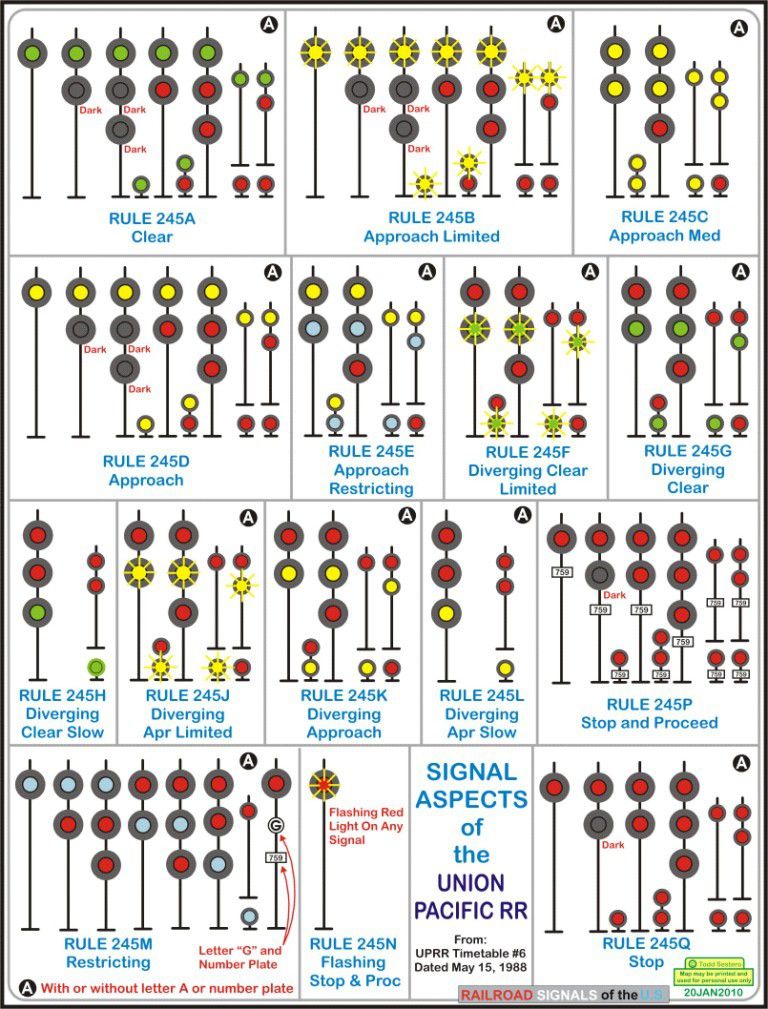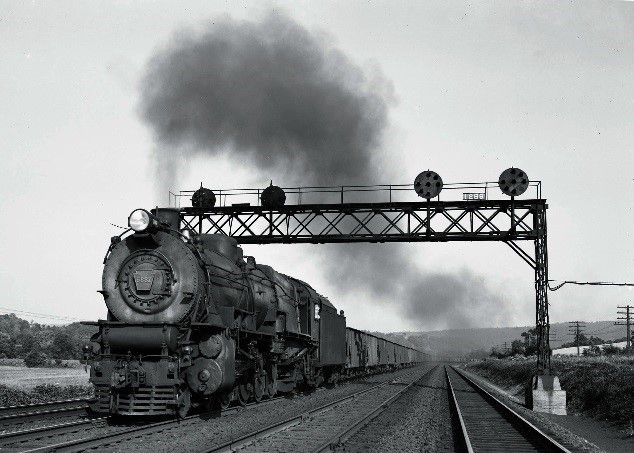It is beyond the scope of this web site to discuss or describe every signal type, signal aspect and it’s meaning to you but by now you get the idea of what you are up against with signaling on your model railroad. If you want to know more, we recommend you obtain a copy of the 12/15 & 1/16 editions of Railroad Model Craftsman magazine and read Dr. Bruce Chubb’s article “Understanding Railroad Signals” parts 1 & 2.
By now you have probably realized that installing a prototype signal system on your rail road can be an extremely difficult task. The wiring underneath the lay out can get very complicated very quickly. Fortunately for us…there is a new standard that utilizes off the shelf components to install signals that operate prototypically. Let’s now talk about Modular Signal System or MSS.
The Modular Signal System (MSS) standard. This specification document is a standardized method for animating model railroad signals to react to trains moving along a signaled track without the need for expensive computers or complex software. Having trackside signals automatically change aspects in response to train movement adds significantly to the realism and enjoyment of operating sessions, not to mention enhancing visitors' viewing experience.
MSS simulates basic Absolute Block Signal (ABS) functionality in any model railroad scale and format, though it's especially well-suited for modular model railroads. Any number of signaled tracks can be supported, and any style of trackside signal can be used (e.g. target, tri-light, position-light, semaphores, etc.).
MSS uses low cost CAT5 network cables for interconnections, and can utilize commercially-available model train detectors and signal logic drivers. This gives modelers the flexibility to select components that best fit their budget and specific signaling needs.
For more info on MSS go to the following webs site.

